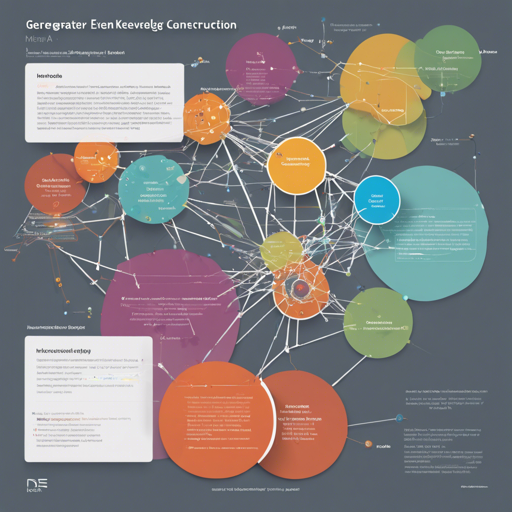
Introduction
Generative Knowledge Graph Construction (KGC) is an innovative approach that utilizes the sequence-to-sequence framework to assemble knowledge graphs. These graphs are useful in a variety of tasks and provide flexibility for integration. This article summarizes recent advancements in generative KGC, highlighting the strengths and weaknesses of various methods, while also outlining future research avenues. Our findings can be categorized into three main contributions:
- A comprehensive taxonomy of generative KGC methods.
- Theoretical and empirical analysis of current generative KGC approaches.
- Identification of promising directions for future research.
For more resources on knowledge graph construction, check DeepKE.
A Preliminary Journey into Knowledge Graph Construction
Knowledge Graph Construction aims at extracting structured information from unstructured sources. Consider it like building a jigsaw puzzle where the pieces are derived from text. Here’s how different parts come together:
- Named Entity Recognition (NER): Identifies types of entities, like recognizing pieces in a puzzle.
- Relation Extraction (RE): Discovers relationships between entities, akin to understanding how each puzzle piece connects.
- Event Extraction (EE): Detects events signaled by specific keywords, fitting pieces according to their themes.
- Entity Linking (EL): Matches mentions to known entities in databases, ensuring the puzzle is relevant.
- Knowledge Graph Completion (KGC): Fills in missing pieces to enhance the overall picture.
A Taxonomy of Current Methods
We’ve organized notable generative KGC methods based on their generation targets, allowing easy navigation in this intricate field. Let’s explore some of these categories:
1. Copy-based Sequence
This method focuses on directly copying entities from input sentences. Imagine a child taking crayons and drawing over a beautiful image. This technique allows for straightforward incorporation of known information.
Some notable papers include:
- Extracting Relational Facts by an End-to-End Neural Model with Copy Mechanism – ACL 2018
- Learning the Extraction Order of Multiple Relational Facts – AAAI 2020
2. Structure-linearized Sequence
This paradigm organizes knowledge extraction in a structured format, similar to neatly arranging puzzle pieces by color. It aids in creating a unified output.
Key papers involve:
3. Blank-based Sequence
Using templates, this method indicates where the pieces fit and blank placeholders enhance the production. Think of it as a guide that leads where a piece should go inside the puzzle.
Learn more in:
Troubleshooting
If you run into issues while working with generative KGC or during implementation, consider these troubleshooting steps:
- Ensure your dataset is correctly pre-processed and formatted.
- Check for library compatibility; versions may vary significantly in functionality.
- Examine log files and error messages closely for indicators of what’s going wrong.
- Community input can be invaluable; participate in forums or discussions around generative KGC.
For more insights, updates, or to collaborate on AI development projects, stay connected with fxis.ai.
Conclusion
As you navigate the intricacies of Generative Knowledge Graph Construction, remember that every bit of progress contributes to unlocking the vast potential of AI and machine learning. At fxis.ai, we believe that such advancements are crucial for the future of AI, as they enable more comprehensive and effective solutions. Our team is continually exploring new methodologies to push the envelope in artificial intelligence, ensuring that our clients benefit from the latest technological innovations.

